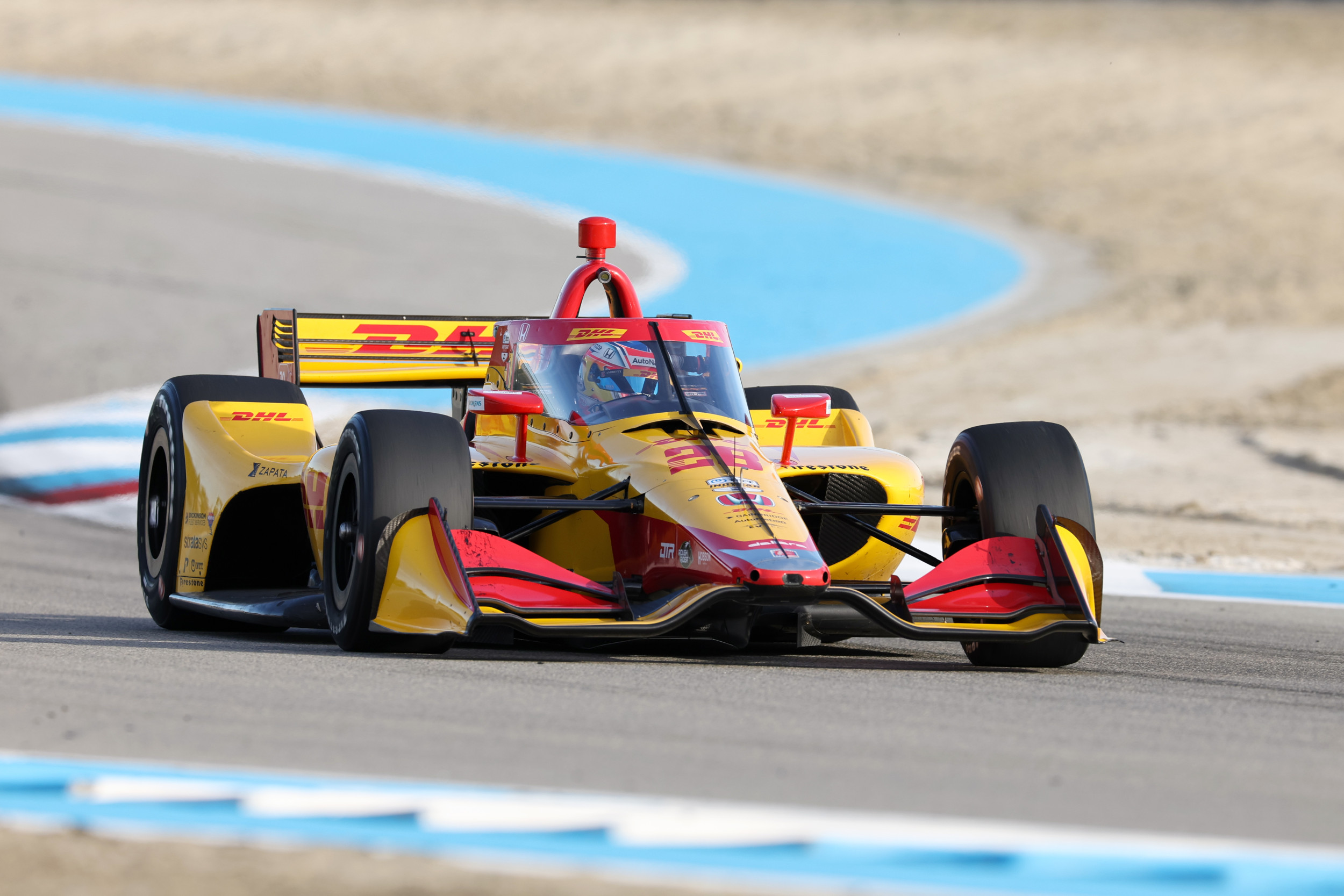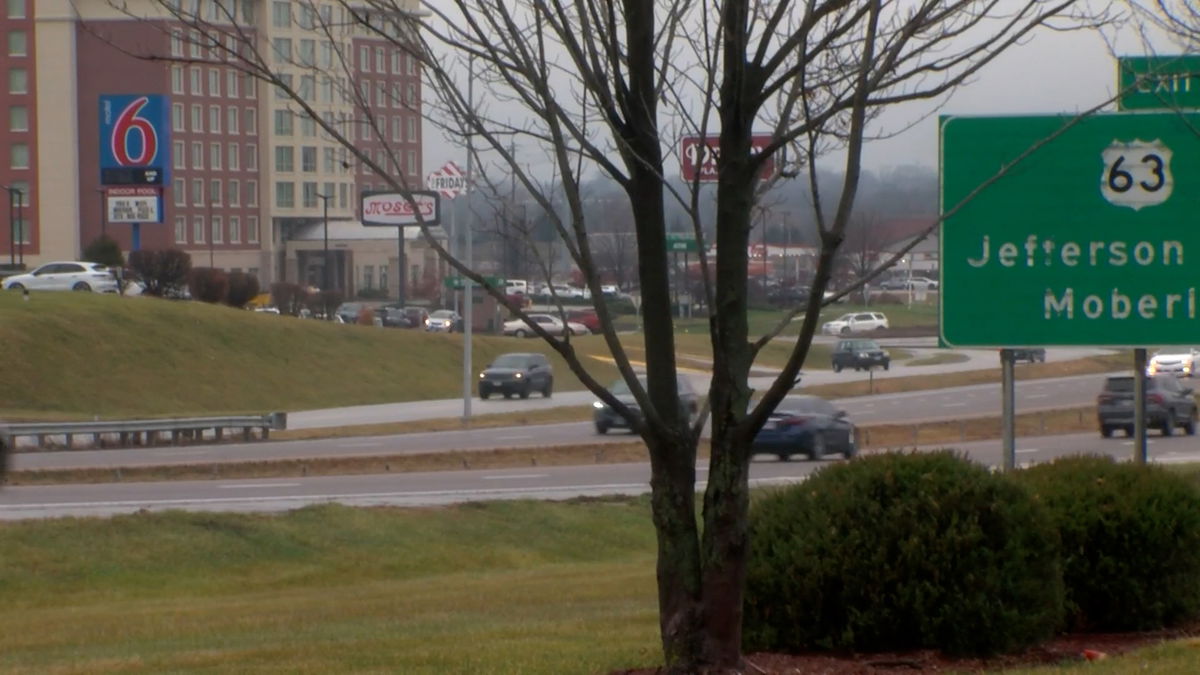Sports
IndyCar Snubs Bigger Payday for Massive Fox Sports Deal

IndyCar is set to overhaul its broadcasting strategy in a calculated gamble that seeks to prioritize increased visibility over immediate financial reward. Beginning next year, the American single-seater series will move its media rights from NBC Sports to Fox Sports.
In this context, IndyCar’s decision comes despite having the potential to score a more lucrative deal elsewhere.
“We did not do the deal which would have afforded us the greatest rights fee,” IndyCar CEO Mark Miles said, via Sports Business Journal. “This is the deal that made economic sense but more so was far and away the greatest reach, and that — you could think about it as our willingness to invest by taking less for the growth of the sport through the greater reach.”
IndyCar’s move away from NBC Sports, its broadcast partner for 16 years, marks a big moment for the sport. After all, NBC played an instrumental role in stabilizing IndyCar following its tumultuous split with CART in 1994 and subsequent formation of the Indy Racing League. Despite this history, stagnant viewership numbers outside the Indianapolis 500 prompted a search for a fresh deal with a broader viewership potential.
Matthew Ashton – AMA/Getty Images
NBC Sports promoted an array of coverage options through NBC, USA Network, and the streaming service Peacock. Fox Sports, however, can consolidate and focus its broadcast, offering greater consistency by airing all 17 race events, including the iconic Indianapolis 500, on one main channel.
Financially, details of the Fox Sports deal have not been disclosed. However, insider reports suggest a contract valuation of $25 million annually, reflecting a 25% increase from the $20 million IndyCar received from NBC. The new figure remains modest when compared to the domestic media earnings of other motorsport giants, with Formula 1 and NASCAR racking up between $75 to $90 million and a staggering $820 million (set to rise to $1.1 billion next year) respectively. Nevertheless, Miles has championed the decision.
IndyCar sees its partnership with Fox Sports as an opportune investment.
“Couldn’t be more excited and more confident in the decision and relationships that we’ll develop — Fox Sports is going to help grow this sport,” Miles confirmed. This enthusiasm is shared by Fox Sports CEO Eric Shanks, who regards the Indianapolis 500 and IndyCar series as fitting within Fox’s portfolio of high-profile sporting events.
Under the new deal, Fox will employ its broadcasting performance to improve IndyCar’s presentation and accessibility to a broader audience. Beyond traditional coverage, Fox aims to do this through improved visual presentation and improved graphics, potentially including familiar broadcasting faces like James Hinchcliffe. Additionally, arrangements for exclusive Spanish-language coverage are being made through Fox Deportes, catering to the growing Mexican fanbase that champions drivers such as Pato O’Ward.
The upcoming season also promises cross-promotional potential. As part of its Grand Prix of Arlington plans, Fox is looking to integrate IndyCar promotions during major networks such as the Super Bowl in New Orleans. Miles pointed out, “there are significant plans being developed for how does their broadcast of the Super Bowl in New Orleans create opportunities for us to be integrated into some of those promotions.”
The move to Fox Sports has implications beyond viewership numbers. It positions IndyCar in line with Fox’s other marquee motorsport properties, consolidating its standing in the U.S. motorsport broadcasting landscape. Fox Sports, which has aired NASCAR since 2001 and holds a $7.7 billion media rights deal through 2024, is set to further its legacy as a leader in motorsport broadcasting.
Despite an overall increase in viewership this past season, the consistency of race exposure remains a concern for IndyCar. The transition is seen as a step towards improving audience engagement, attendance, and commercial partnerships. As IndyCar embarks on this new chapter, the broader implications of expanded visibility are yet to fully unfold. Whether this manifests in revitalized interest or lays groundwork for long-term growth remains to be seen.










